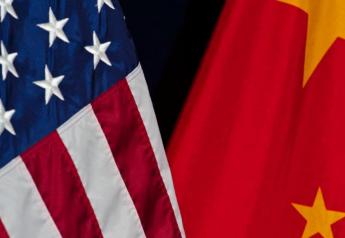China Buys South African Corn for the First Time As They Start Turning Away From U.S. Exports
China Buys 050823
China received its first cargo of corn from South Africa last week. Why is China buying from them and what does it signal for the U.S. export market?
This is a reoccurring theme with China as they seem to have made the strategic decision to buy ag products from just about every global supplier but the U.S. It’s largely a result of the rising trade tensions between the two countries, which is not good news for U.S. exports to China.
State-owned grain trader COFCO bought the 2.1-million-bushel shipment of South African corn, which will be sold to domestic feedmakers. Plus, between March 25 and April 14, more than 4.3 million bushels of corn left South African ports destined for China.
Bill Biedermann, AgMarket.Net co-founder, says: "China and South Africa has been doing some major logistic projects together. While we've been out partnering with our allies on growth, China has been sitting down at the table, putting together drills and opportunities for a lot of different countries, and they're winning over their trust."
Biedermann says China has also made major investments in South American infrastructure. They struck more than 20 trade deals with Brazil and are currently buying their record soybean crop, and for the first time their record corn crop. But it doesn’t stop there.
"Aside from the massive increase in not just South American production, but their logistics in order to ship it out, is the relationship they have with China and the other allies we used to have strong relationships with," Biedermann says. "Now our relationships with our own allies, quite a few of them, as well as China, who we were a pretty big business partner with have really deteriorated, and I don't think that's going to reverse for some time."
Case in point: U.S. export sales of corn fell to their lowest weekly total on record last week as overseas buyers, including China, canceled purchases made earlier in the year. Total corn exports are down 35% from last year.
As we previously reported, USDA forecasts Brazil will overtake the U.S. as the global supplier of corn this year and Chinese buyers have turned to that market as a reliable supplier of the grain.







